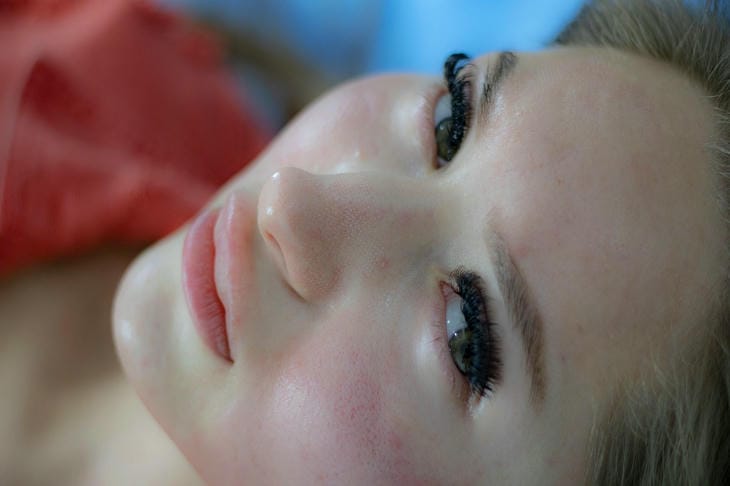Scars and marks, despite their unaesthetic appearance, are natural consequences of skin healing, representing connective tissue without sweat glands and hair follicles.
However, many people think about bringing them together.
Dermatologist Nailya Shigapova will tell you about the correction methods that exist today and how to choose the most suitable one for you.

There are four types of scars:
- Normotrophic scar. It is located at the same level as the surrounding skin, flat, pale in color and barely noticeable.
- Hypertrophic scar. Raises above the skin surface, is the same color as the skin or slightly pinker. Does not extend beyond the wound.
- Atrophic scar. Located below the skin level (in the form of a pit). The thing is that such scars have too few collagen and elastin fibers. Such scars usually end with "chickenpox". They also include post-acne scars and "stretch marks".
- Keloid scar. Refers to hypertrophic, but with one important difference - keloids tend to constantly grow, during which burning and itching are observed. They grow beyond the wound and have a red, sometimes bluish color due to the abundant blood supply of the scar.
There are many methods of scar correction. They can be divided into invasive and non-invasive.
Invasive methods include:
- Microneedling. It is a controlled damage of the scar skin with the help of many thin needles. Due to microdamage, natural healing processes with the production of collagen and elastin are stimulated.
- Corticosteroid injections. Used to relieve inflammation and reduce scar size. Used to correct hypertrophic and keloid scars.
- Plastic surgery. In case of large and deforming scars, a decision may be made to excise the scar with the formation of a thin, neat, cosmetic suture, which will subsequently form into a normotrophic scar.
Non-invasive methods:
- Creams and gels with silicone/silicone patches. Create a protective film on the skin surface that prevents the penetration of pathogenic microflora, promotes moisturizing and smoothing of the skin texture.
- Chemical peeling. Used for superficial scars - the upper layer of keratinized cells is affected, which visually improves the appearance.
- Laser correction. Different types of laser are used for different types of scars. Stimulates collagen production and reduces the visibility of the scar.
- Polishing. Mechanical removal of the upper layer of skin. Evens out the skin texture and visually smoothes the scar.
- Scar subcision. Used for atrophic scars: a special needle is used to cut the bottom of the scar, and a preparation containing collagen is injected at the exit. After some time, the scar site begins to produce its own collagen. The procedure significantly improves the appearance.
If the unsightly appearance of a scar affects your self-esteem or causes discomfort, there are many ways to correct this flaw that will come to your aid.
Do not choose a correction method on your own, contact a specialist so that he, having collected anamnesis, prescribes you one or another procedure, by performing which you will improve the quality of your life and improve your appearance!









